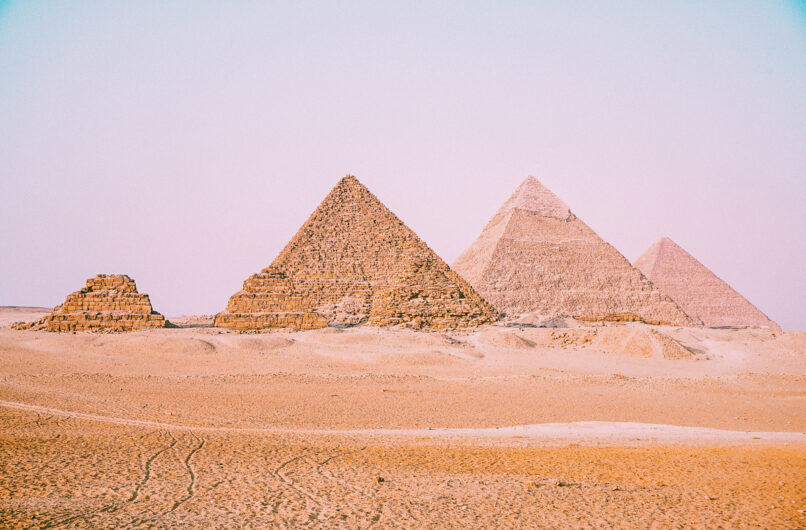
The Giza Necropolis: A Window into Ancient Egyptian Civilization
The Giza Necropolis, located on the outskirts of Cairo, Egypt, is one of the world’s most famous and awe-inspiring archaeological sites. It is home to the Great Pyramid of Cheops, the Pyramid of Khafre, the Pyramid of Menkaure, and several other impressive structures and monuments. This blog post will look closer at the Giza Necropolis and explore its history, architecture, and cultural significance.
History of the Giza Necropolis
The Giza Necropolis was built during the Fourth Dynasty of ancient Egypt, around 2500 BCE. It was a significant center of royal and religious activity and was a burial site for the pharaohs and their consorts. The three pyramids of the Giza Necropolis were built as tombs for Pharaohs Khufu, Khafre, and Menkaure.
Over the centuries, the cemetery was damaged by natural disasters and looted by tomb robbers. However, it has since been restored and preserved and is now a significant tourist attraction in Egypt.
The architecture of the Giza Necropolis
It is a masterpiece of ancient Egyptian architecture. It is home to several impressive structures and monuments, including the three pyramids, the Sphinx, and several smaller pyramids and tombs.
The Great Pyramid of Cheops is the cemetery’s largest and most impressive structure. It stands 146 meters (481 feet) tall and comprises over 2 million individual stone blocks, each weighing between 2 and 80 tons. The Pyramid of Khafre is the second largest pyramid in the necropolis, standing at 136 meters (446 feet) tall. The Pyramid of Menkaure is the smallest of the three pyramids, standing at just 65 meters (213 feet) tall.
Cultural Significance of the Giza Necropolis
It is significant for its cultural and historical importance. It provides a unique glimpse into the history and culture of ancient Egypt, and it is a testament to the ingenuity and skill of ancient Egyptian architects and engineers.
The cemetery is also significant in the region’s modern economy. It is a major tourist attraction, drawing visitors worldwide to experience the region’s rich and diverse cultural heritage.
Visiting the Giza Necropolis
The Giza Necropolis is open to visitors and offers a unique and educational experience for anyone interested in history, culture, and architecture. Visitors can explore the structures and monuments of the cemetery, including the three pyramids, the Sphinx, and the various smaller pyramids and tombs.
Visitors can also learn about the history and culture of ancient Egypt and gain a deeper understanding of the Giza Necropolis’s role in developing this great civilization. The site is now a UNESCO World Heritage Site protected and preserved for future generations.
Conclusion
The Giza Necropolis is an impressive testament to ancient Egyptian architecture and culture, providing visitors with a unique and fascinating glimpse into the history and culture of this great civilization. Its significance, both as a testament to ancient Egyptian ingenuity and as a significant tourist attraction, makes it a must-visit destination for anyone interested in history, culture, and architecture.
If you plan a trip to Egypt, include the Giza Necropolis on your itinerary. It is a unique and unforgettable experience that will leave you with a newfound appreciation for the region’s rich and diverse cultural heritage.
- July 6, 2023
- 601
- Cairo Attractions
- 0 comment
